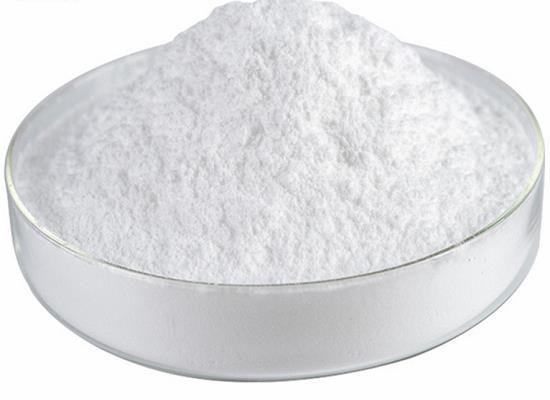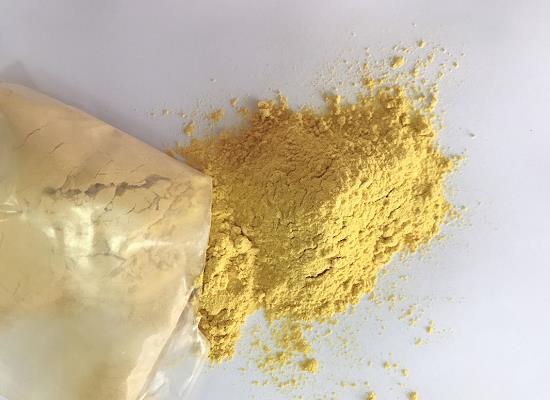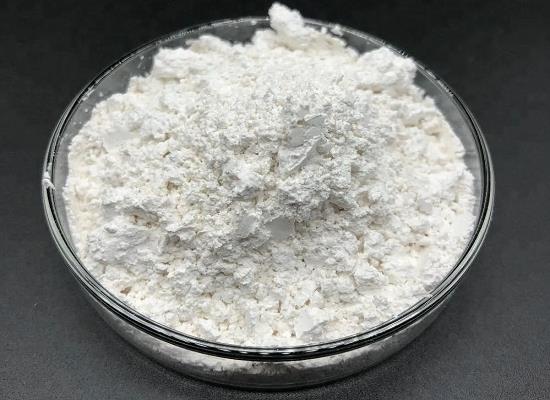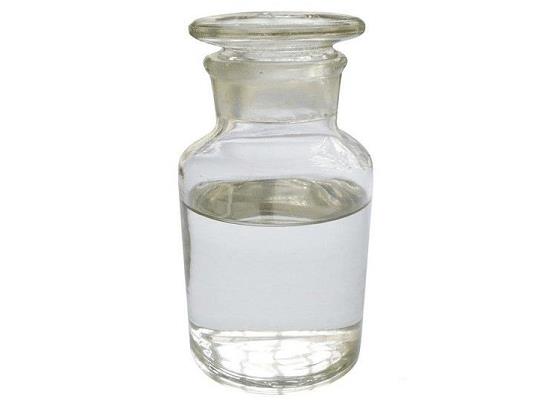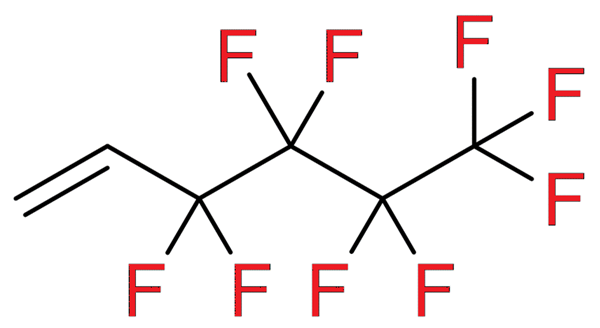Active Pharmaceutical Ingredients (API), popularly speaking, are the raw materials of medicines, only pharmaceutical raw materials are processed into pharmaceutical preparations , can they become medicines available for clinical use, so drugs we usually eat are the finished drugs through processing. Active Pharmaceutical Ingredients based on its sources can be divided into two major categories ,including chemical synthetic drugs and natural chemical drugs. Chemical synthetic drugs can be divided into organic synthetic drugs and inorganic synthetic drugs. Inorganic synthetic drugs are inorganic compounds ( very few is element), such as aluminum hydroxide, magnesium trisilicate which are used for the treatment of gastric and duodenal ulcers ; organic synthetic drugs are mainly composed of drugs made by basic organic chemical raw materials, through a series of organic chemical reactions (such as aspirin, chloramphenicol, caffeine, etc.). Natural chemical drugs ,based on its sources,can be divided into two categories including biochemical drugs and plant chemical drugs. Antibiotics are generally made by the microbial fermentation, which belongs to the biochemistry category. A variety of semi-synthetic antibiotics occurs in recent years,which are biosynthesis and chemical synthesis combining products.Among active Pharmaceutical Ingredients, the organic synthetic drugs varieties, yields and values have the largest proportion,which are the main pillars of the chemical and pharmaceutical industries. The quality of active Pharmaceutical Ingredients decides whether the formulation is good or bad , so its quality standards are very strict ,countries in the world have developed national pharmacopoeia standards and strict quality control methods for its widely used active Pharmaceutical ingredients.
Rotundine: overview and effects on the central nervous system
Rotundine is a tetrahydroprotoberberine, has analgesic, sedative effects, and shows promise in combating addiction and neurotoxicity by affecting dopamine levels.
Feb 2,2024 APIFluazinam: A Highly Effective Fungicide with Advantages and Toxicological Risks
Fluazinam is a highly effective, sustainable fungicide with favorable environmental properties and good crop tolerance, but can be toxic to humans and animals.
Feb 1,2024 APIGermanium Oxide Coated Carbon Nanotubes and Its Safety Concerns
Germanium oxide nanocables offer exceptional insulation for carbon nanotubes, enhancing stability in nanoelectronic devices, despite safety concerns requiring workplace precautions.
Feb 1,2024 APIMuscone: Natural Compound with Therapeutic Potential for Spinal Cord Injury
Muscone enhances angiogenesis, neuronal growth, memory, and shows potential for spinal cord injury treatment due to its anti-inflammatory and neuroprotective properties.
Feb 1,2024 APIProteinase K: A Versatile Enzyme for Isolation of Amyloid Cores
Proteinase K is a versatile enzyme that cleaves peptide bonds and is commonly used for isolating amyloid cores, contributing to our understanding of amyloid structure in diseases like Alzheimer's.
Jan 31,2024 APIFucoidan Structure and Activity in Relation to Anti-Cancer Mechanisms
Fucoidan, a complex molecule found in brown algae, has shown potential as a preventive and anti-cancer agent through receptor interactions and targeting cellular mechanisms.
Jan 31,2024 APIIsobornyl Acetate: A Versatile Compound with Wide Origin and Biological Activities
Isobornyl acetate is derived from coniferous trees or synthesized chemically with insecticidal, antimicrobial, anti-inflammatory, and antioxidant properties. Detection methods ensure quality control.
Jan 31,2024 APIAcetyl Tributyl Citrate: Pharmacokinetic Properties and Potential Health Risks
Acetyl tributyl citrate exhibits complex pharmacokinetics. It may have toxic effects on ovarian follicle growth and contribute to obesity and fatty liver disease.
Jan 31,2024 API4-Acetoxystyrene: A Versatile Monomer with Applications in Polymerization and Immunosensing
4-Acetoxystyrene is a versatile monomer used in polymerization and immunosensing applications, but it requires careful handling due to its toxicity and environmental risks.
Jan 31,2024 APIScientific opinion on the safety assessment of (Perfluorobutyl)ethylene for use in food contact materials
The CEF Panel concluded that there is no safety concern for the consumer if the substance is used as co-monomer up to 0.1% w/w in the polymerisation of fluoropolymers that are processed at high temp
Jan 30,2024 API



